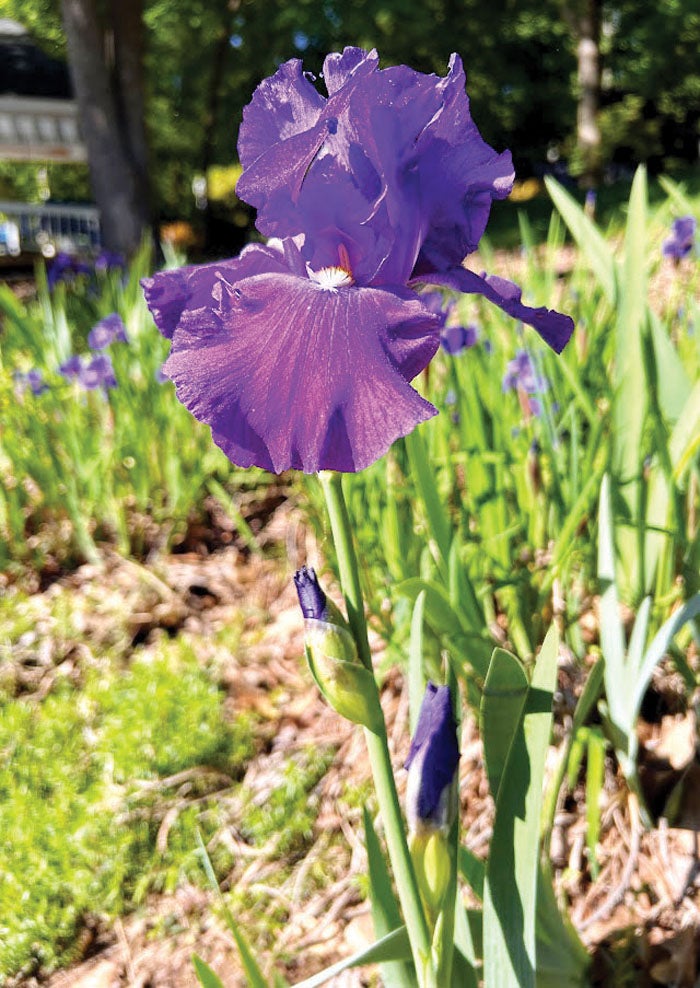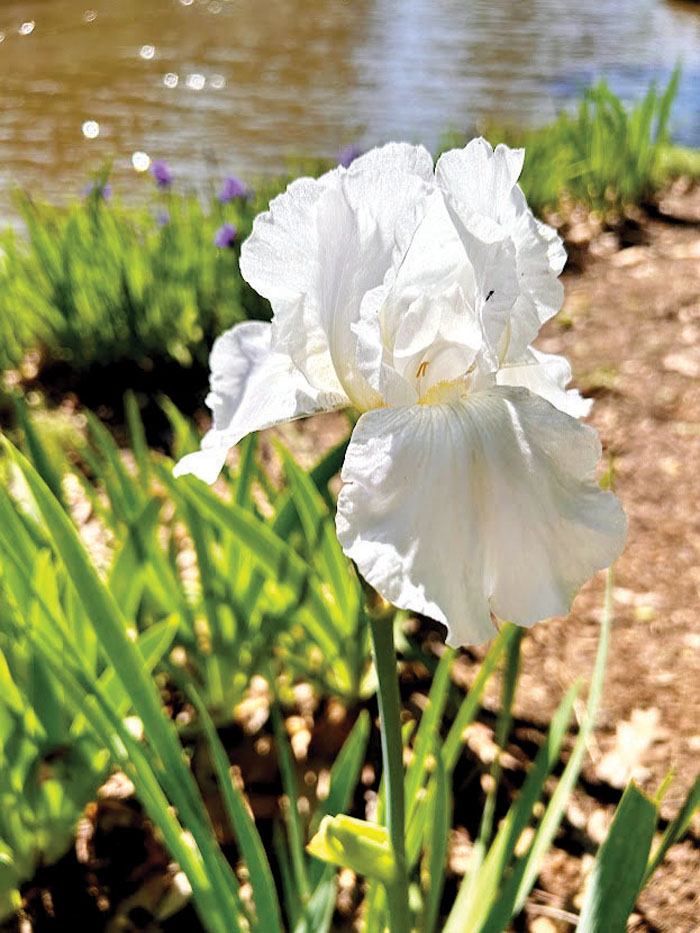Darrell Blackwelder: Irises are in full bloom
Published 12:00 am Saturday, May 6, 2023
Irises are in full bloom with another show of color for our landscapes. Unfortunately, older plantings have self-propagated too much producing more plant than bloom. Overgrown irises need to be divided and placed in other locations. Irises are perennial flowers that actually benefit from dividing every few years to maintain their health and rejuvenate their blooms.
The best time to separate and relocate our traditional bearded iris is July through September. Summer division allows the rhizomes to become well established before winter halts their growth. It is best to relocate newly separated plants in a sunny, well drained location. Excessive amounts of shade and poorly drained areas are a detriment to the growth and establishment of both new and established plantings.
In a well-cultivated planting bed, dig a shallow hole large enough to accommodate single or clumps of rhizomes (enlarged roots). Form a mound of soil in the center for the planting base. Make the mound high enough so the top of the rhizome is level or slightly above soil level. Spread the roots around the mound; fill with soil, and water them thoroughly, but not too often. Fortunately, bearded irises have a high survival rate when divided. However, you may notice during next seasons’ bloom the flowers may be a different color. Transplanted purple and other flower colors often revert to white blooms the next season, so don’t be surprised if you have some different bloom colors next season. Go online to https://plants.ces.ncsu.edu/plants/iris/for more detailed information about growth and care of bearded iris.
Darrell Blackwelder is the retired horticulture agent and director with the North Carolina Cooperative Extension Service in Rowan County. Contact him at deblackw@ncsu.edu.







